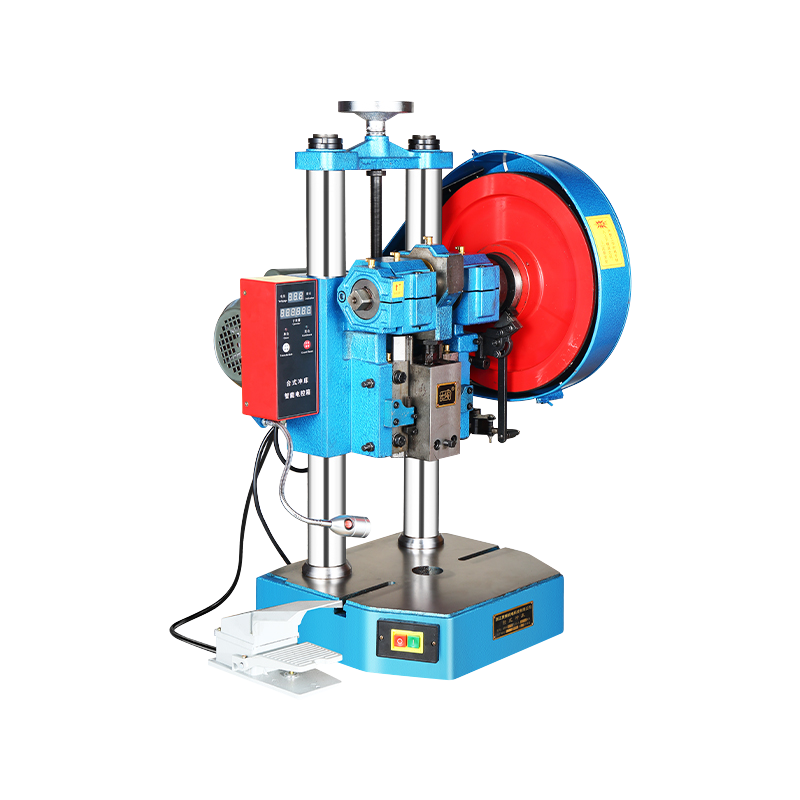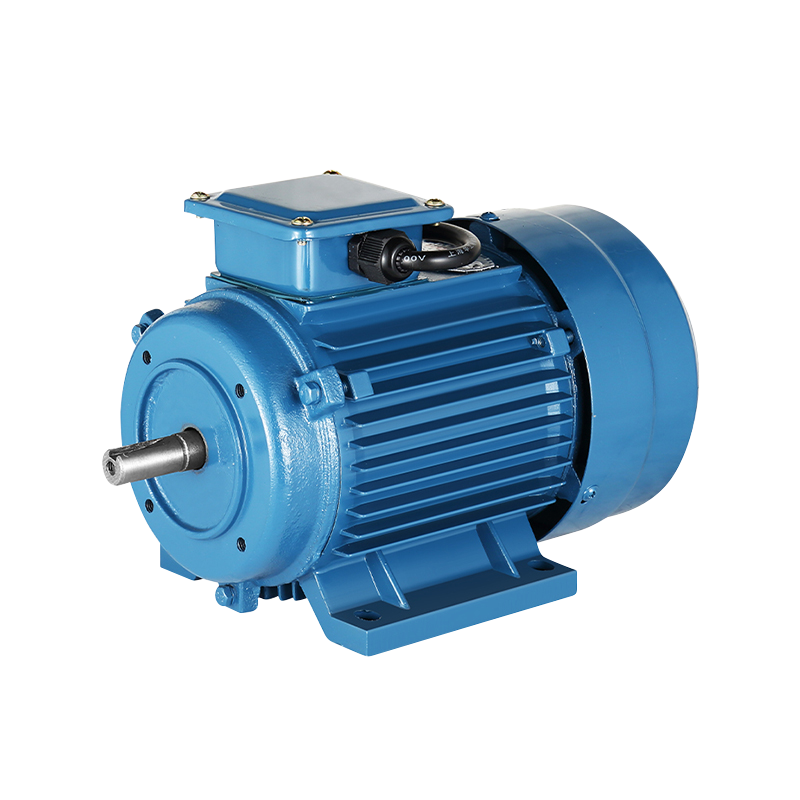Three-Phase Asynchronous Motor vs Synchronous Motor: What’s the Difference?
In the world of electric motors, the Three-Phase Asynchronous Motor and synchronous motor are two common types that serve various industrial and commercial needs. Both motors convert electrical energy into mechanical energy, but they operate based on different principles and have distinct characteristics. Understanding the differences between a Three-Phase Asynchronous Motor and a synchronous motor is essential when selecting the right motor for a specific application.

A Three-Phase Asynchronous Motor, often called an induction motor, works by inducing current in the rotor through electromagnetic induction. This means the rotor does not have a direct electrical connection but relies on the rotating magnetic field generated by the stator. The rotor speed of a Motor always lags slightly behind the stator's magnetic field speed, which is why it is called "asynchronous."
On the other hand, a synchronous motor operates with its rotor speed synchronized to the stator’s magnetic field speed. This means the rotor turns at the same frequency as the applied current, resulting in no slip between the rotor and stator magnetic fields. Synchronous motors typically have either permanent magnets or electromagnets on the rotor to maintain this synchronization.
One notable difference between the Three-Phase Asynchronous Motor and the synchronous motor is the starting mechanism. The Asynchronous Motor can start directly on the supply without additional equipment because the rotor induces current automatically as the motor starts. This makes the Asynchronous Motor simpler and more convenient for many applications. In contrast, synchronous motors generally require auxiliary starting methods such as a separate motor or damper winding to bring the rotor close to synchronous speed before locking in.
Efficiency is another area where these two motors differ. Synchronous motors are generally more efficient at steady speeds because there is no slip, which reduces energy losses. However, the Three-Phase Asynchronous Motor tends to be more robust and less expensive, making it a popular choice in industries where efficiency is important but not the sole concern.
Maintenance requirements also vary between the two types. The Three-Phase Asynchronous Motor has a simpler construction, usually without brushes or slip rings, which reduces maintenance needs. Synchronous motors may have more complex components, such as brushes or excitation systems, increasing the potential for maintenance.
In terms of applications, the Three-Phase Asynchronous Motor is commonly found in general industrial uses, such as pumps, fans, conveyors, and compressors. Its simple design and reliable operation under varying loads make it suitable for these tasks. Synchronous motors, due to their precise speed control, are often used in applications requiring constant speed regardless of load, such as in synchronous clocks, precision machines, or power factor correction.
The Asynchronous Motor is known for its ability to handle overloads and fluctuating loads with relative ease. This adaptability contributes to its widespread use in environments where load conditions change frequently. Synchronous motors, however, require stable conditions to maintain their synchronous speed and may not handle sudden load changes as smoothly.
Another consideration is cost. Generally, the Three-Phase Asynchronous Motor is less expensive to manufacture and install. The synchronous motor’s complexity and additional components make it costlier, which may influence the choice depending on budget constraints.
When it comes to control, synchronous motors often provide more options, such as adjustable speed drives that maintain synchronization. While the Three-Phase Asynchronous Motor can be controlled by variable frequency drives, the control precision is typically lower compared to synchronous motors.
Noise and vibration levels are usually lower in synchronous motors because of their balanced operation at synchronous speed. The Three-Phase Asynchronous Motor can produce more noise and vibration due to slip and rotor current. However, advances in design have helped reduce these effects in many asynchronous motor models.
-
Feedback

 English
English 中文简体
中文简体






